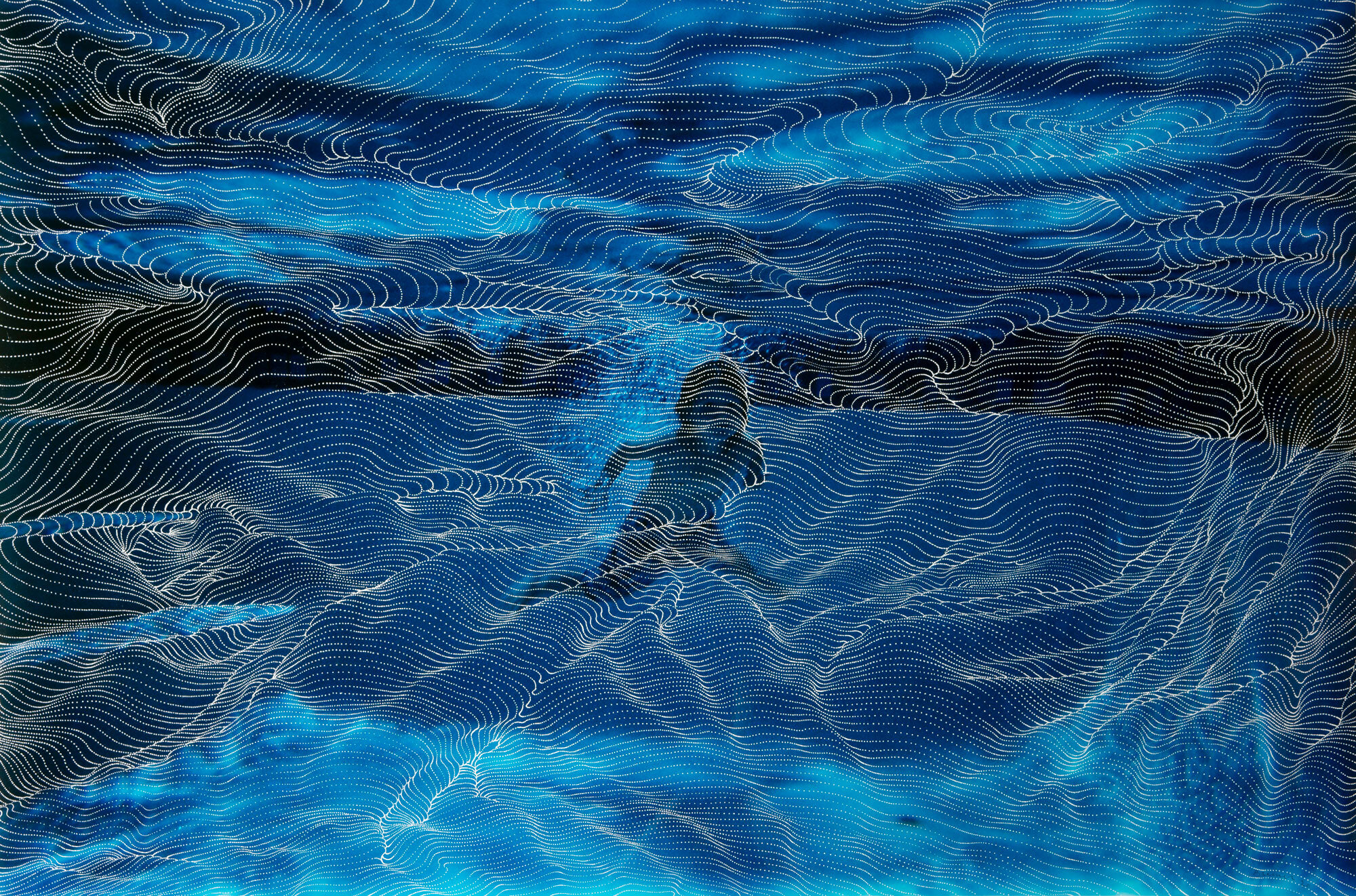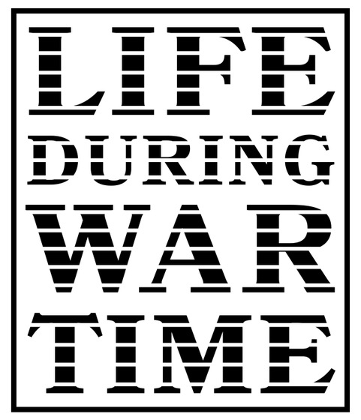
Sebastiaan Bremer
Looking at Sebastiaan Bremer’s pictures is like entering another world, familiar yet strange, where facts and feelings meld like music and lyrics. His work, a mash-up of photography and painting, plays on conventional expectations about photographs while activating some of the medium’s earliest superstitions. His painted snapshots conjure up ghosts like a modern-day spiritualist convention; also given free rein are Bremer’s studied connections to allusive artists as varied as Hans Bellmer, Duane Michals, Francesca Woodman, and the Dutch Old Masters.
The ink covering Bremer’s photographs represents a slow, gradual accrual of time, with dots standing in for the movements of a timepiece. In 2009, while making a commission for Los Angeles County Museum of Art, the artist found he could do away with existing photographic images he shot or found himself. Instead, he branched out to make “a whole set of works on black paper…which felt incredibly liberating: apparently I didn’t need a camera to make a photograph… I could time travel.”
For Life During Wartime, Bremer has contributed two kinds of painted photographs. For the first, he follows the grain of an established image until it is entirely enmeshed in the web of his rhythmic patterning; for the second, he uses the jet-black surface of photographic paper as a uniformly inky background for portraits cribbed from art history. In both cases time and image are collapsed, as are photography and painting, into a single mesmerizingly evocative experience.
— CVF, USFCAM
Video by Tjebbo Penning, 2020.
“During this period of the novel coronavirus I have been going between my home and studio in Brooklyn’s Greenpoint neighborhood, which are a short walk apart. The practice of working alone is familiar, but it has always been contrasted by the world outside that I can enter whenever I want. That is not possible now. It is silent and still outside. To stay well, work helps. I have worked on several bodies of work so far.
“The first series are portraits executed on black surfaces. Rendered by hand with white ink and paint, I draw loosely using portraits by artists from the seventeenth century as a reference—the majority by Rembrandt. Drawing dot by dot as a shaft of light would pierce photographic emulsion, I bypass the conventional handmade mark of the artist and get closer to the subject. What I encounter is the person who posed for the pictures back then. This enables me to get to the shared humanity of the subject and erase the intervening centuries. The challenges of our time are mirrored in the lines of the faces and the gray hairs of these people, just like today. I find solace in knowing these people overcame their challenges, and that we will too. Seeing their faces up close and rendering them mark by mark gives me the freedom to jump out of time, and back into it, by way of the past.
“A second body of work features a girl in a pool. In 2000 I made a work called I held my breath for 13 hours afraid she would not come home. I drew a series of small dots on top of a picture of my niece Veerle swimming underwater in a pool; these dots subsequently became waves, seemingly keeping her suspended and safe. This work was made in a shamanistic spirit to keep my wife safe in the air as she was flying home from Brazil. Twenty years later the girl in the picture was in a coma after a horrible bike accident. Since I could do nothing to help her, I printed more frames from the roll to draw on while we waited for her recovery. As her full recovery sinks in now as the world grinds to a halt, I work on these prints, keeping track of time and hoping for the best.”
— Sebastiaan Bremer
Sebastiaan Bremer, I’ve been holding my breath for weeks now #2, 2020. Ink and acrylic on c-print. 14 x 20 in. (35.56 x 50.80 cm). Courtesy of the artist and Edwynn Houk Gallery. Image courtesy of Bas Bremer Studio.
About Sebastiaan Bremer,
(Amsterdam, Netherlands, 1970)
He lives and works in NYC.
Throughout his career, Sebastiaan Bremer has used pre-existing images to explore deep ideas about time, memory, and processing. In his early years, he meticulously reproduced personal snapshots in paint. Over the years, this process of “re-thinking” past visual documents has led Bremer to experiment with different techniques and materials that alter the image’s material existence. More recently, Bremer has complicated this process of alteration, by cutting and carving away sections of emulsion to create etchings on the photographic surface, and by using collage techniques to create hybrid images. His 2020 solo exhibition Nocturne at Edwynn Houk Gallery (New York, NY) included works on sheets of archival fadeless gloss paper without any photographic imagery at all. Bremer’s work has been shown at Tate Modern (London, U.K), The Brooklyn Museum of Art (New York), Kunstmuseum Den Haag (The Hague, Netherlands), The Aldrich Contemporary Art Museum (Ridgefield, Connecticut), Projektraum I (Berlin, Germany), MOCA Tucson (Tucson, AZ), the Tang Teaching Museum, Skidmore College (Saratoga Springs, NY), and the Warhol Museum (Pittsburgh, PA). His work is represented in the public collections of the Victoria & Albert Museum (London, U.K.), MoMA (NYC), and the Los Angeles County Museum of Art. Bremer’s work has also been the subject of three major catalogs: Monkey Brain (Thumm & Kolbe, 2004), Avila (99 Uitgevers, 2006), and To Joy (Frame Publishers, 2015).
Artist website: basbremer.com
Artist Instagram: @bascalyer
Gallery website: houkgallery.com


